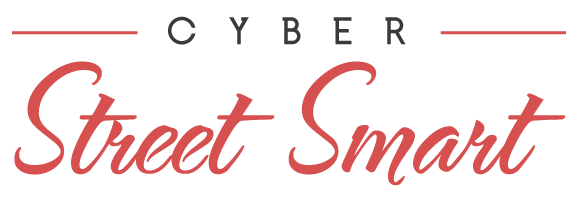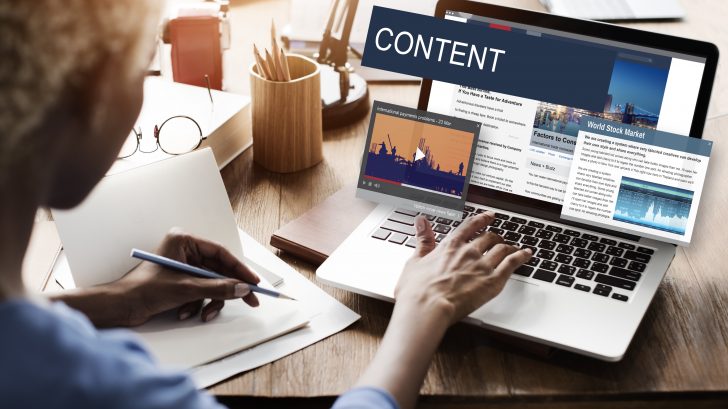 You have exactly eight seconds to catch the attention of your audience. How do you do it?
You have exactly eight seconds to catch the attention of your audience. How do you do it?
This question is based on a statistic released by Microsoft – that the average human attention span has dropped from 12 seconds in the year 2000 to just eight seconds in 2016. In the age of increasingly portable technology, digital media consumption, and information overload, you learn that you have eight seconds to make a lasting impression on your audience before they move on to the next best thing: your competition. How, then, do you make your brand stand out?
Creating a strategy for SEO for startup companies that will capture your audience’s limited attention span will be easier with these tips:
Step 1: Forget about eight seconds
See how the eight-second statistic caught your attention immediately?
The eight-second attention span rule is a good rule to follow, especially when testing what kind of initial impact your content will have on a reader. However, while creating a data-based marketing plan to promote your brand is always good, you must remember that it’s not just about people’s shortened attention spans – it’s about quality, as well. If you offer your audience content that they can take something away from, content that entertains, educates or rouses curiosity, they will consume it past the eight-second rule. Odds are, they will even seek it out. The average human attention span won’t matter; after all, how are people able to sit still for days on a Netflix binge if their attention span didn’t go beyond the initial eight seconds?
Consider some of these statistics that illustrate the true state of content consumption today:
- There are over 3.7 billion internet users in the world, with a 50% penetration (Source: We Are Social / Hootsuite)
- Mobile accounts for 50% of total content media consumption, with a year-on-year growth of +30% (Source: We Are Social / Hootsuie)
- 47% of buyers viewed an average of 3-5 pieces of content before talking to someone from sales (Source: Demand Gen Report, 2016)
Step 2: Think interactive content
When thinking about content quality, consider human behavior. What makes you connect with something that you see online?
Interaction is the reason so many digital marketers are seeking expertise in user experience (UX). The same applies to content: you must give your audience content that offers the richest experience and maximizes your audience’s attention while leading them to your objective. Keep this in mind, whether your primary goal is to promote brand recall, increase awareness, or to close in and make a sale. One of the best ways to do that is to create interactive content: content that gets your audience to participate. Content Marketing Institute released a study earlier this year revealing that 46% of marketers use interactive content, stating engagement as their main reason.
The study also reveals the most-used types of interactive content. Interactive info-graphics top the list, with its usage growing by 18%, from 44% in 2016 to 52% in 2017. Contests, calculators, and quizzes follow as the most-used types of interactive content among marketers. Notice the similarities between the content – all of them appeal to the eyes first, and then invite your audience to provide their input or to participate in selecting what content will be displayed to them. Game playing is also evident in the list of interactive content types used the most, such as in the calculators and quizzes.
The best way to ensure that your content will engage your audience is to know your audience’s behavior. You can easily gather an overview of this through analytics, but your instinct also plays a part in knowing what your audience wants to see at the time. Keep track of the trends in content and of current events that you can tie into your material, as well – these all increase interaction and content consumption.
Step 3: Promote across all channels
Creating engaging interactive content won’t matter if you don’t put it where your audience can easily access it. An integrated content marketing strategy will help ensure maximum visibility and distribution, but you also need to choose what kind of content to share on which platform to maximize engagement.
For example, quizzes, blogs, and contests may receive the most engagement on platforms such as Facebook or Twitter. Instagram could also be a good place for contests that involve imagery. Info-graphics work well on Facebook and LinkedIn, and subject-matter-expertise pieces will see a bigger audience on LinkedIn and on guest blogs as well.
Maintain consistent messaging when sharing on different platforms, too. If your initial message was fun and playful, keep the message fun and playful across all platforms; if the initial message of your content was serious, then create an urgency in your copy. It’s best to craft a content plan and draft the copy you’ll be using for each platform before sharing them on all channels you intend to use. This helps give you an overview of your content sharing options so you can shorten or lengthen the copy as you see fit.
Conclusion: It’s all about quality
As mentioned earlier, eight seconds is good to use as a guideline to determine the kind of impact your content will have on your audience, but that’s about it – one of the guidelines. Through research and analysis, the creation of quality content and distribution to proper channels, you’ll be able to capture an audience that stays despite the shorter attention span.






